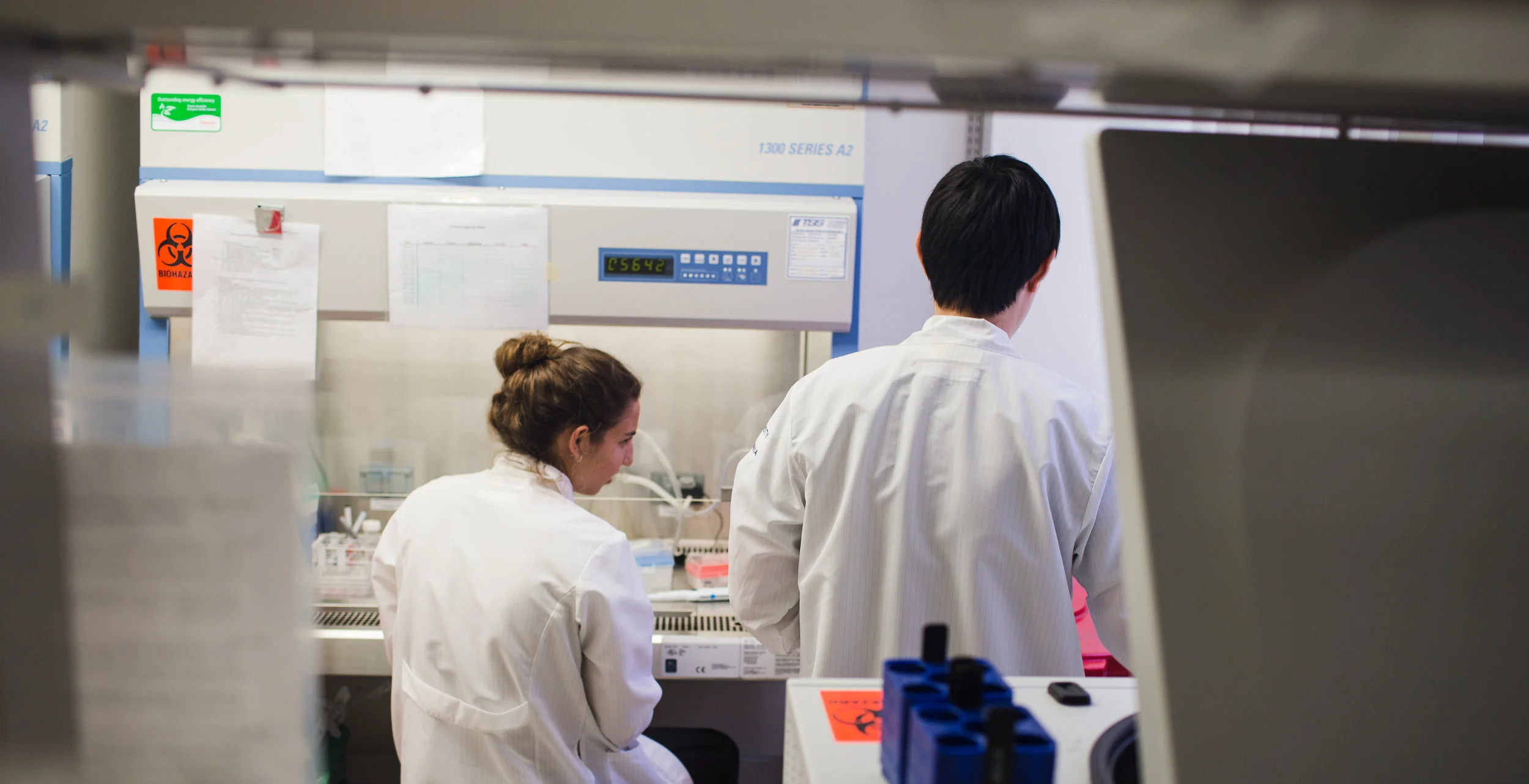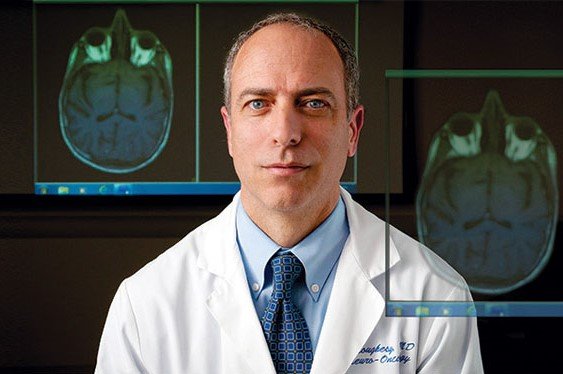The epidermal growth factor receptor (EGFR) is altered in nearly 60% of GBM tumors, however, EGFR tyrosine kinase inhibitors (TKIs) have failed to improve outcomes for GBM patients. This can partly be attributed to the inability of conventional EGFR TKIs (e.g., erlotinib, gefitinib, lapatinib, afatinib) to effectively cross the blood-brain-barrier (BBB) and achieve adequate pharmacological levels for a tumor response; for example, less than 10% of plasma drug levels reach the brain for all FDA approved EGFR TKIs. This results in sub-optimal dosing in the GBM tumor at typical doses of EGFR TKI and dose limiting toxicity as peripheral exposure levels are drastically higher than concentrations at the intended target. To address this concern, we are collaborating with Professor Michael Jung to synthesize novel brain-penetrant EGFR TKIs through structure-activity relationship (SAR) to improve brain penetrance by modifications of physiochemical properties amenable to BBB penetration. We synthesized novel EGFR TKIs with nanomolar potency against EGFR mutant, GBM patient-derived cells in culture, high BBB penetration (>100% brain to plasma), and efficacy against EGFR mutant, patient-derived orthotopic GBM xenografts. Our utlimate goal to is to translate these novel, brain penetrant therapeutics into patients with GBM
Team Members and Collaborators
DEFINING AND TARGETING ADAPTATIONS TO ONCOGENIC EGFR INHIBITION USING QUANTITATIVE TEMPORAL PROTEOMICS
Glioblastoma (GBM) is aggressive and malignant cancer of the brain. Despite substantial progress in the research and treatment of other malignancies, treatment of GBM remains largely unchanged since the introduction of temozolomide chemotherapy decades ago, and prognosis remains exceptionally poor. Targeted therapies against oncogenic drivers that have shown success in other cancers (e.g., erlotinib – EGFR, NSLC; vemurafenib – BRAF melanoma; trametinib – MEK melanoma) face unique and considerable hurdles against GBM. The blood-brain barrier imposes highly specific constraints on drug properties, preventing many treatments from even reaching therapeutic concentrations in the GBM tumor. Similarly, the remarkable molecular heterogeneity of GBM precludes the identification of a single set of tumor drivers and enhances the ability of GBM to adapt to and resist treatment. It has been shown that traditional and targeted therapies induce a variety of cellular responses within the tumor, and perhaps the most rapid and important are mediated at the protein and protein-modification levels.
In this project, we have embarked on an effort to comprehensively characterize drug-induced responses to identify molecular mechanisms that allow GBM to evade successful treatment. To investigate these responses, we utilize mass-spectrometry-based proteomics – via collaborations with the UCLA Proteome Research Center and others – which enables the simultaneous measurement and quantification of thousands of proteins and post-translational modifications in a single experiment. We have been performing this high-throughput profiling across the laboratory’s extensive collection of patient tumor samples and patient-derived xenografts and gliomaspheres to accurately assess GBM molecular heterogeneity and its dynamic responses to oncogenic inhibition. The multiplexing capabilities of isobaric TMT labels and throughput of liquid-chromatography and tandem mass spectrometry permit the granular analysis of models, treatments, and timepoints. We aim to integrate this data with the multi-omic data this laboratory has collected to date. Collectively, we anticipate these studies will present a rational and deliberate approach to identify new therapeutic opportunities in GBM. Coupled with the novel, brain-penetrant drugs developed by this group, we hope to induce sustained decreases in tumor burden and substantial increases in patient survival and quality of life.
Team Members and Collaborators
















